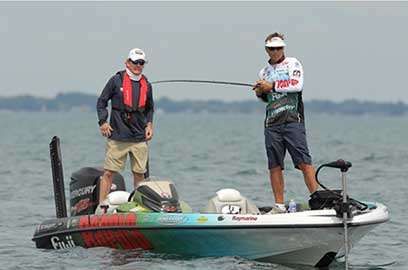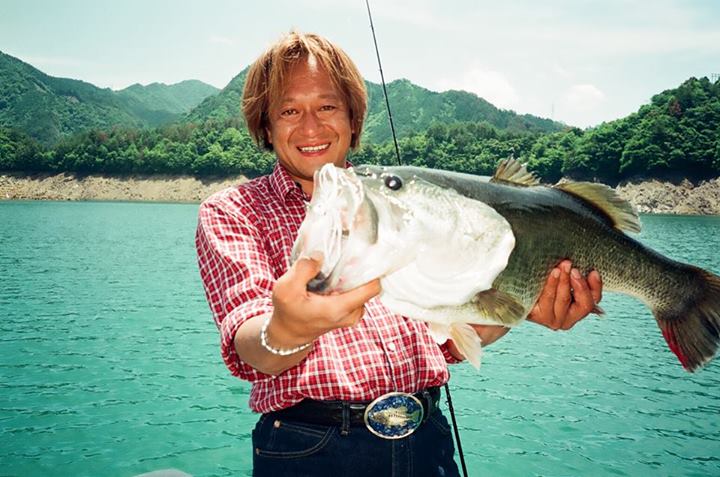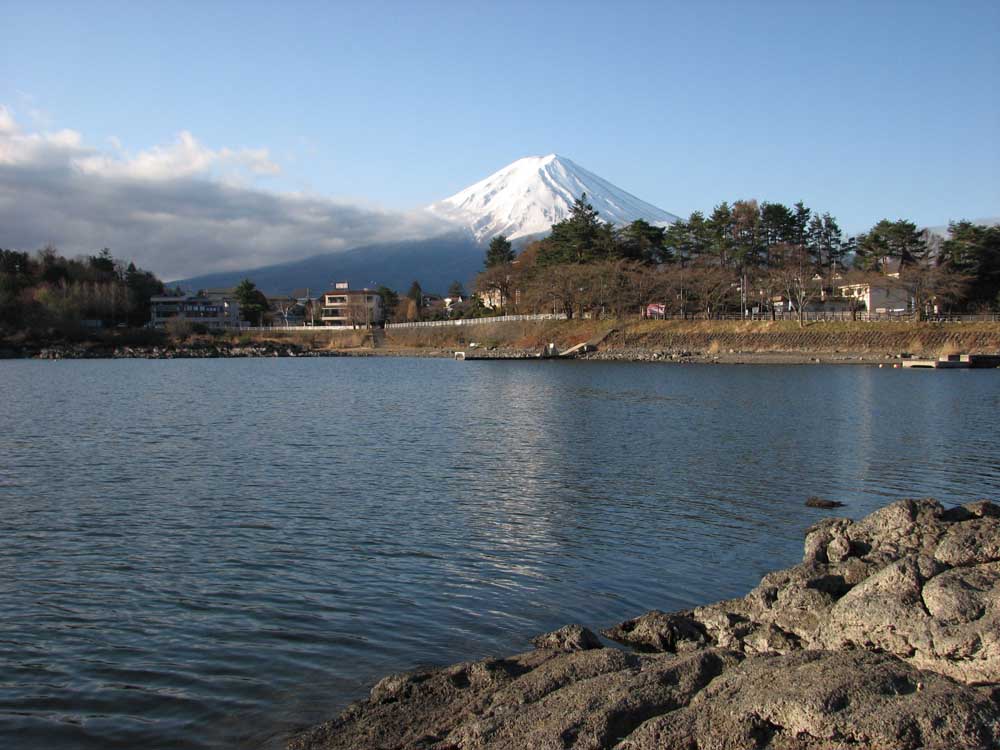
In 1987, the year I decided to go pro, B.A.S.S. held a team tournament on the St. Lawrence River out of Alexandria Bay, N.Y. It was a strange event — one in which we would fish as individuals for two days, then team up with three other anglers for the finale. Our combined weight would then determine the team’s overall finish and subsequent payout.
When official practice began, I headed straight for the Canadian side of the river — not so much to locate fish, but (as dumb as it may sound), I wanted to catch my first bass from foreign waters … and I couldn’t get there quick enough.
Although it was June, the air was cool and crisp like fall, and the water crystal clear. It was my first exposure to smallmouth fishing, and it’s an experience I’ll never forget.
As it turned out, I did well in the tournament — I qualified as a team captain — and many of the fish I weighed that week were caught from the Canadian side of the river.
Though I didn’t realize it at the time, that experience would lead to a never-ending pursuit and passion for fishing foreign waters.
Our Friends to the North
That trip to the Canadian border became the first of many. I competed on the St. Lawrence and Lake Ontario anytime B.A.S.S. or Operation Bass (now FLW) held an event there. I also participated in the Canadian Open, which was held annually out of Kingston, Ontario, on the lake’s north shore.
That exposure allowed me to meet and befriend numerous Canadian pros, like Bob and Wayne Izumi, “Big Jim” McLaughlin, Dan Crawford and others. Through them I discovered other outstanding lakes and rivers in Ontario. The fishing was incredible — not just for bass, but walleye, pike and musky, too.
Although new water sometimes required learning new techniques, I quickly realized that many of the strategies I used back home would work on northern waters, too. I discovered largemouth would relate to shallow weedy areas in Canada just like they do in Florida, Texas or Louisiana, and they would respond to the same lures and techniques.
Finding fish wasn’t all that difficult either. If an area looked promising, it would likely hold some fish. And once you found them, they were usually pretty easy to catch … at least back then, especially the smallmouth. Though most of my experiences prior to that had been restricted to smaller lakes and rivers in the extreme South, I somehow developed a knack for locating and catching smallmouth from northern waters. It was hugely rewarding, and it helped bolster my confidence in tournaments.
In fact, I won an FLW and two Canadian titles, and put together a long list of solid money finishes there — all because of a strong passion and understanding for northern waters.
Made in Japan

In the early 1990s, I was approached by Shimano to appear in a series of instructional videos targeted specifically at the Japanese market. During that time, fishing (particularly bass fishing) was exploding in Japan, and their people were hungry for information.
We filmed for a week in Florida, both for bass and inshore saltwater species, and the project was a great success. We caught numerous big bass (up to 12 pounds) while filming at Bienville Plantation in north Florida, then moved south along the coast, eventually ending up in the Florida Keys. There we sight-fished for tarpon, permit and bonefish — successfully documenting all three species on film.
By the end of the project, the head guy from Shimano’s fishing division asked me to come to Japan to work a couple of promotions and film a TV show with their top pro, Hajime “Jim” Murata. I was thrilled by the offer and immediately accepted.
Soon after, I packed up and headed overseas to Tokyo. The trip included a visit to Lake Kasumigaura, which reminded me somewhat of the waters back home.

It was winter, but the weather was good and we caught lots of bass up to five pounds using crankbaits and soft plastics. After that we fished Tokyo harbor for “sea bass,” which look almost identical to snook but without the stripe. It was a great trip, and the Japanese were very hospitable people.
Little did I know at the time, but that venture would lead to numerous other excursions to Japan, including trips to lakes Biwa and Ikehara and a special trip to Miyake Island. Next time I’ll share those experiences and tell you about the largest bass I ever saw swimming freely in the wild — a fish that had to exceed 20 pounds!

